

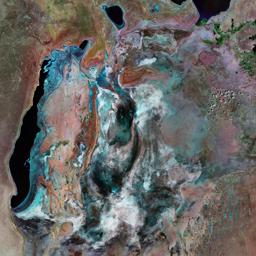
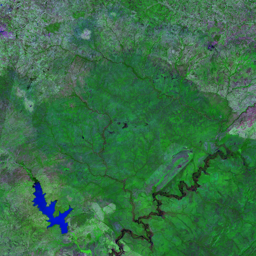



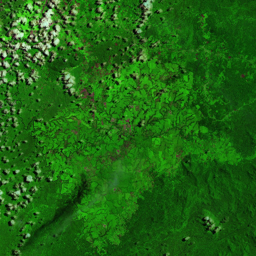

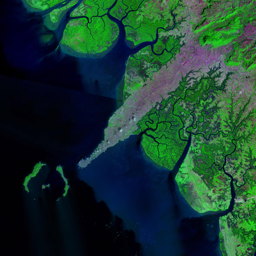
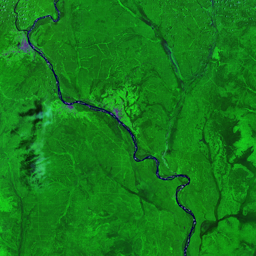
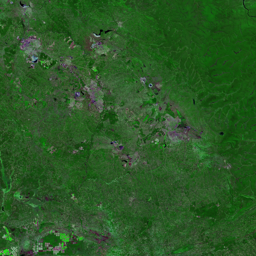
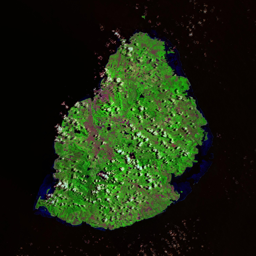
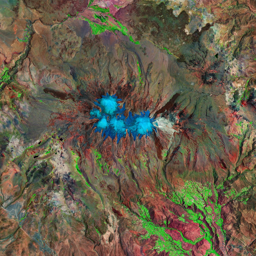
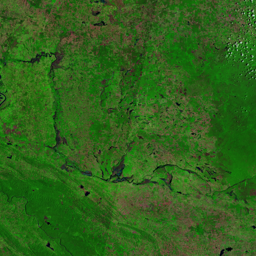
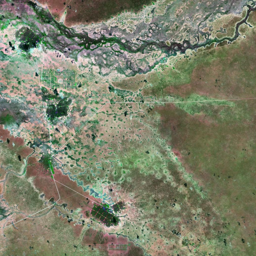

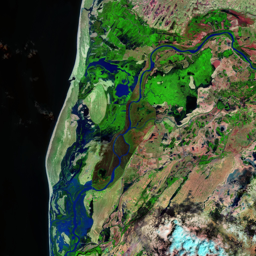


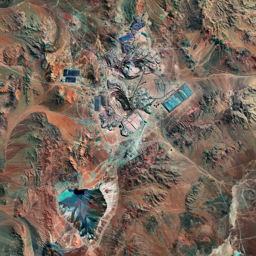
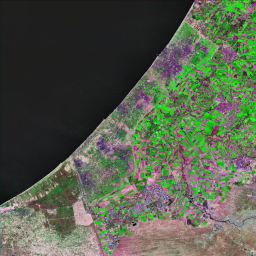






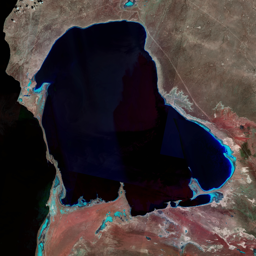
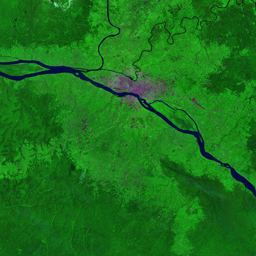


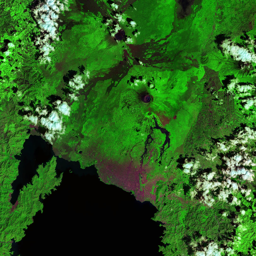

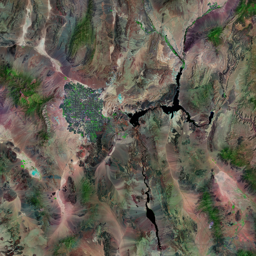
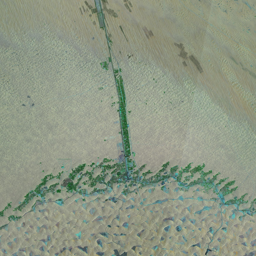
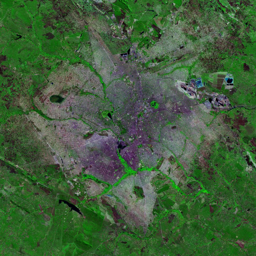



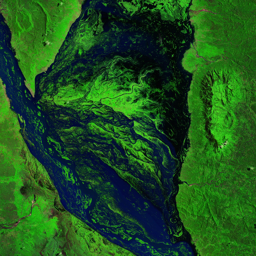







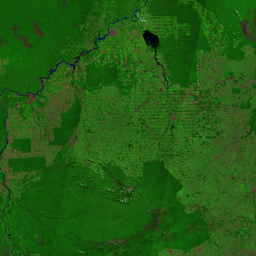
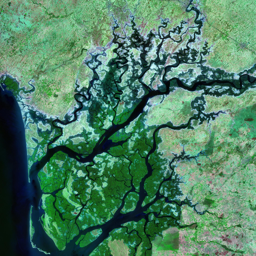

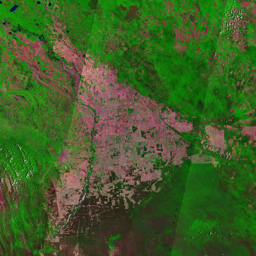
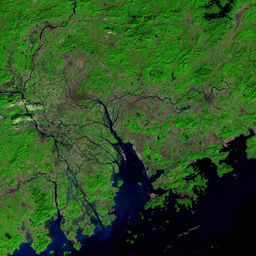

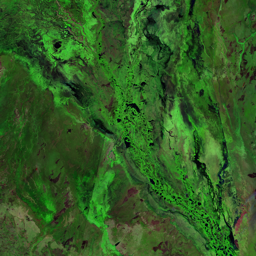

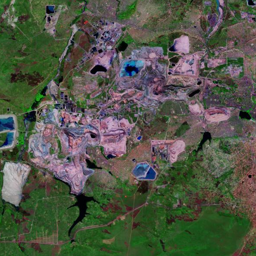
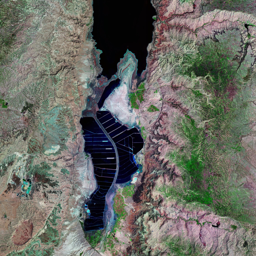
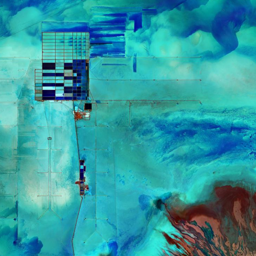
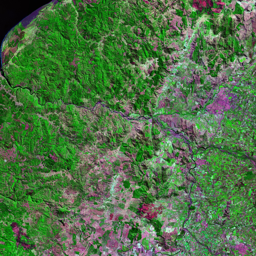


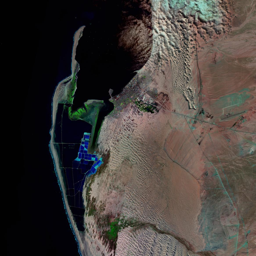

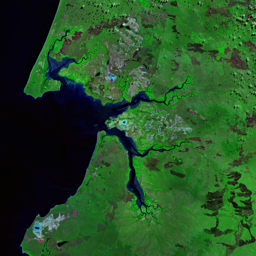
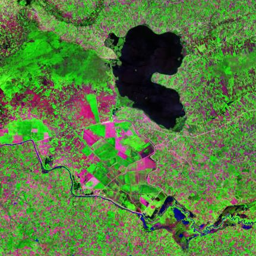
Arly National Park and the surrounding protected areas in southeastern Burkina Faso form part of the W-Arly-Pendjari Complex, a trans-boundary network of protected areas, which, taken together, are the largest and most important continuum of ecosystems in the West African savannah. The complex's varied habitat is home to approximately 544 different plant species, 360 bird species and more than 50 species of mammals including elephants and hippopotamuses. Partial eradication of the black and tsetse flies (carriers of sleeping sickness and river blindness), an influx of transhumant pastoralists due to Sahelian droughts, and government promotion of cotton growing, led to a regional population explosion in the late 1970s. Nevertheless, human population in and around the Park remains relatively low, which, along with its protected status, has kept it the most pristine of Burkina Faso's protected areas. In the early 1987 image the boundary of the Park and surrounding protected areas is indistinguishable from adjacent land uses. By 2000 the contrasting land uses are easily visible as is the Kompienga Dam. Built in 1989, the dam is a source of water for irrigated agriculture as well as a fishery. Scattered burn scars (dark reddish purple patches) are also available in several imagesas the dry season begins. Burning across most of the area is an annual occurrence.
Use shift + scroll to zoom the map
Use shift + scroll to zoom the map